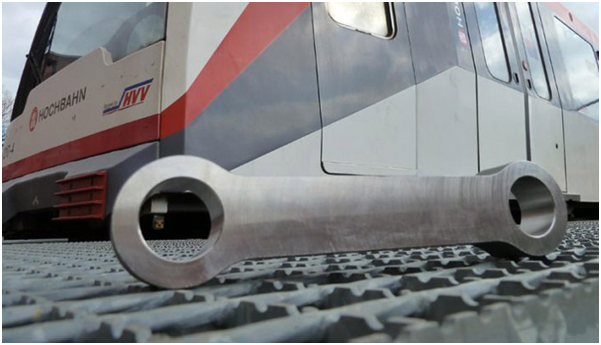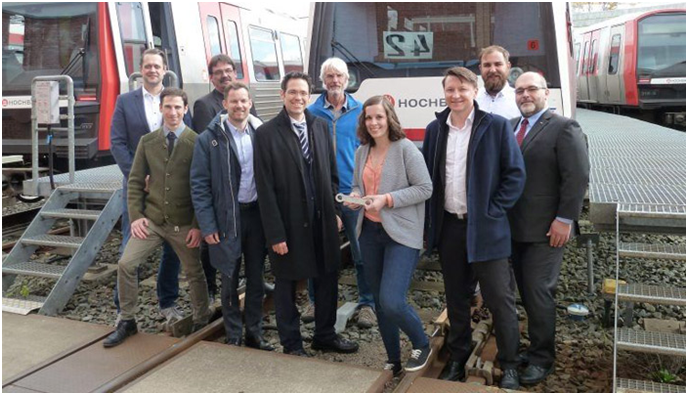
Charles R. Goulding and Preeti Sulibhavi get on board with Mobility Goes Additive’s forward-looking additive manufacturing vision.
A broad coalition of the 3D printing rail industry has joined together in a new ecosystem focused on the European rail system called Mobility Goes Additive (MGA). We have previously focused on silo 3D printing rail accomplishments at the top rail car builder level including Siemens, Bombardier, and Alstom. However, like the aviation industry, the more important innovation developments come at the Tier supplier level.
MGA encompasses over 120 market participants including tier suppliers, materials and consulting firms and European National government-operated rail institutions. It is important to realize that the European rail market is quite different than the U.S. rail market. The European market is focused on passenger traffic dominated by government entities, while the U.S. market is focused on privately owned rail freight carriers.

Globally, the industry is highly regulated with appropriate concern for safety. Safety includes rail wheel, brake and signal technology improvements. MGA is striving to be a 3D printing technology accelerator so it endeavors to hurdle regulatory barriers and is seeking to incorporate 3D printing into new OEM contracts rather than be limited to legacy markets.
MGA has worked on solutions with various groups to find ways for the entire market to take additive manufacturing into serial production. MGA has achieved approval of safety-relevant parts; has developed standards where required; and, has provided warranty law, and product safety and liability.
The Research & Development Tax Credit
Whether it’s used for creating and testing prototypes or for final production, 3D printing is a great indicator that R&D Credit eligible activities are taking place. Companies implementing this technology at any point should consider taking advantage of R&D Tax Credits.
Enacted in 1981, the now permanent Federal Research and Development (R&D) Tax Credit allows a credit that typically ranges from 4%-7% of eligible spending for new and improved products and processes. Qualified research must meet the following four criteria:
- Must be technological in nature
- Must be a component of the taxpayer’s business
- Must represent R&D in the experimental sense and generally includes all such costs related to the development or improvement of a product or process
- Must eliminate uncertainty through a process of experimentation that considers one or more alternatives
Eligible costs include US employee wages, cost of supplies consumed in the R&D process, cost of pre-production testing, US contract research expenses, and certain costs associated with developing a patent.
On December 18, 2015, President Obama signed the PATH Act, making the R&D Tax Credit permanent. Beginning in 2016, the R&D credit has been used to offset Alternative Minimum Tax (AMT) for companies with revenue below $50MM and, startup businesses can obtain up to $250,000 per year in payroll tax cash rebates.
Train of Thought…
MGA is an important model for driving 3D printing technology improvements throughout the entire industry. The comprehensive aspects of this program are analogous to the lighting industry partner program coordinated by Rensselaer Polytechnic Institute’s Lighting Research Center (LRC) in the US. The U.S. rail industry should carefully monitor developments at MGA. If they don’t, they may be overrun by this 3D printing industry collective and collaborative effort.
